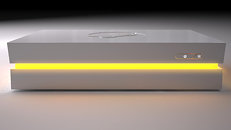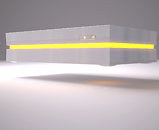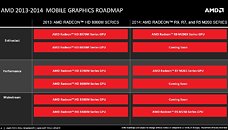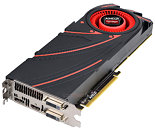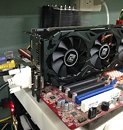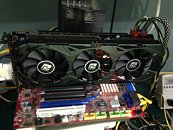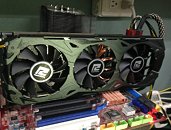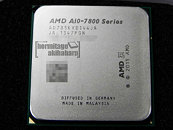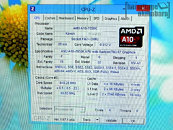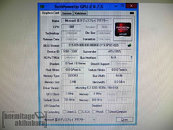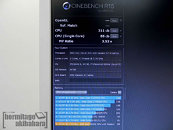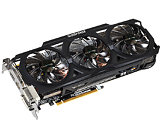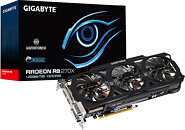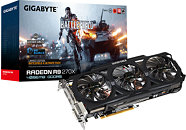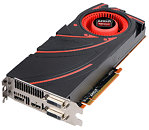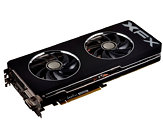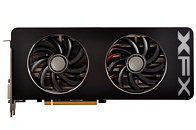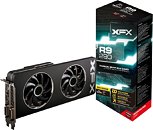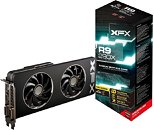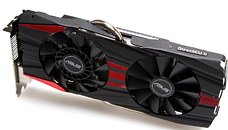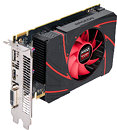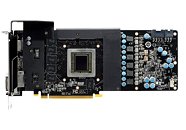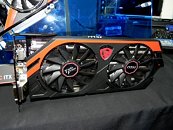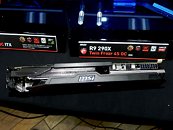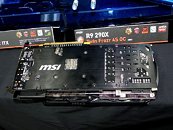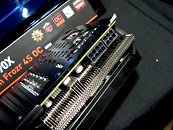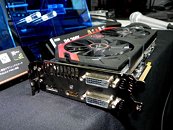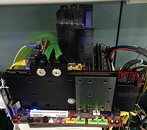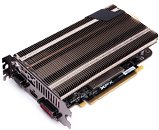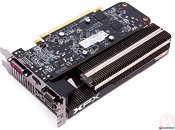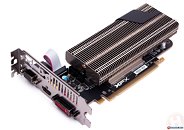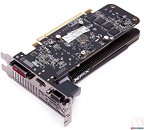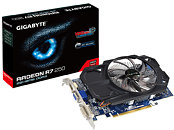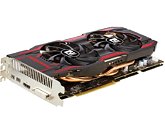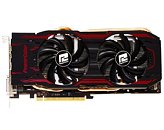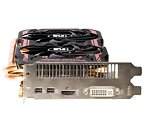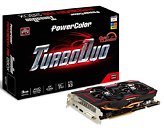
iBuyPower Announces SBX Steam Machine
There are very few instances where one product category can leap frog over to another and make a profound impact. Today, iBUYPOWER, together with Valve, is making one such leap. Introducing the iBUYPOWER SBX Steam machine, an ultra-simplified system designed to do one thing: entertain. Melding together the simplicity of a traditional game console, but harnessing power usually available to only high-end desktop PCs, iBUYPOWER is able to usher in both performance and content unheard of in the living room space.
Designed in Los Angeles, iBUYPOWER labored to create a highly tuned and optimized system that would deliver a sustainable 60 frames-per second gaming experience at true high-definition resolutions. Powered by multi-core processors in both AMD and Intel flavors and paired with the latest in graphics technology from AMD, customers will be able to jump a full generation ahead of the latest game consoles.
Designed in Los Angeles, iBUYPOWER labored to create a highly tuned and optimized system that would deliver a sustainable 60 frames-per second gaming experience at true high-definition resolutions. Powered by multi-core processors in both AMD and Intel flavors and paired with the latest in graphics technology from AMD, customers will be able to jump a full generation ahead of the latest game consoles.


